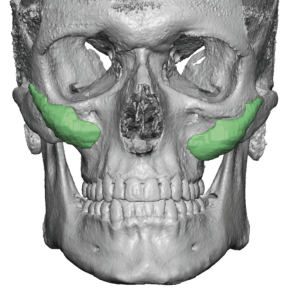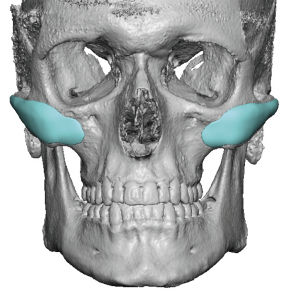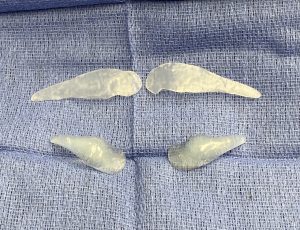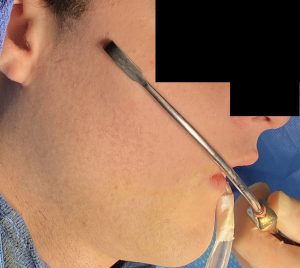Background: Cheek augmentation, like all forms of facial enhancement, have gender specific characteristics. While some women may seek increased fullness in the lower cheek area (malar/submalar) while men usually prefer it to be higher and more completely sitting on the bone. In essence women often prefer fuller cheeks while men prefer a more defined or angular cheek look.
Of all available standard facial implants the single most common aesthetic error I see is in male cheek implants. This is partially a lack of understanding the difference in the male vs female cheek shapes as well as using standard cheek implants that often have little chance in achieving a satisfactory result. The limitations of standard cheek implants in men are very obvious when looking at postop 3D CT scans of male cheek implants.
The key to understanding cheek implants in men vs women is in their shape.To create more anterior cheek fullness the implants needs to have an oblong or downward curved shape. To create a higher cheek look the implant shape must follow the upward curve of the cheekbone back along the zygomatic arch. These different implant shapes require variations in their pocket developments in and around the zygomatic body and arch.
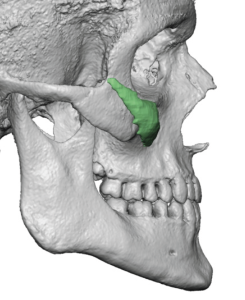
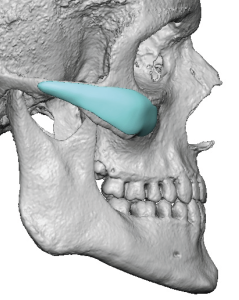
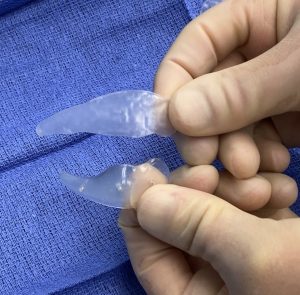
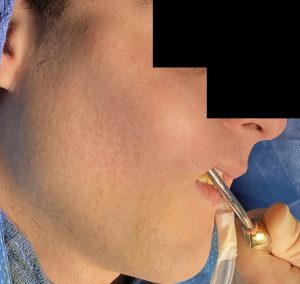
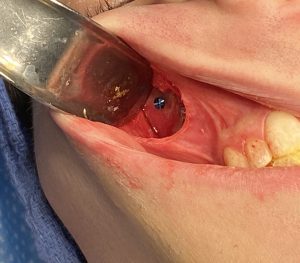
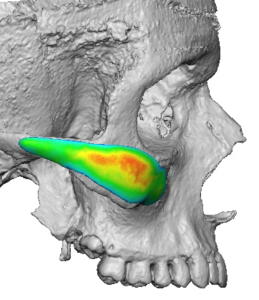
Case Highlights:
1) Submalar cheek implants in men are rarely the look they re trying to achieve.
2) Most men seek various forms of the ‘high cheek bone’ look which requires an implant which covers the most convex part of the zygomatic body and arch.
3) Intraoral placement of the high cheekbone implant requires a long curved periostea dissection to stay on the bone over the zygomatic arch.
Dr. Barry Eppley
World-Renowned Plastic Surgeon



